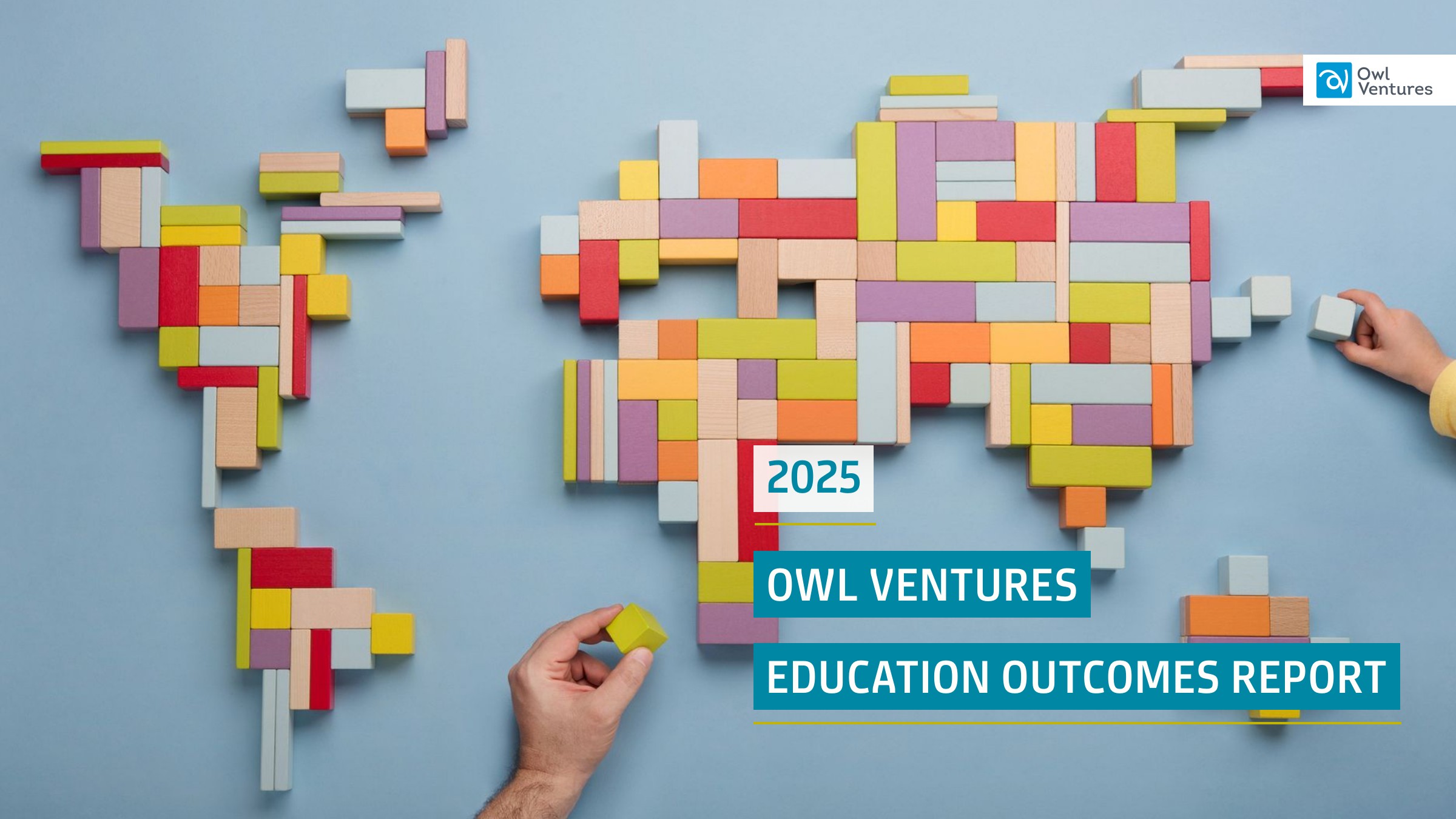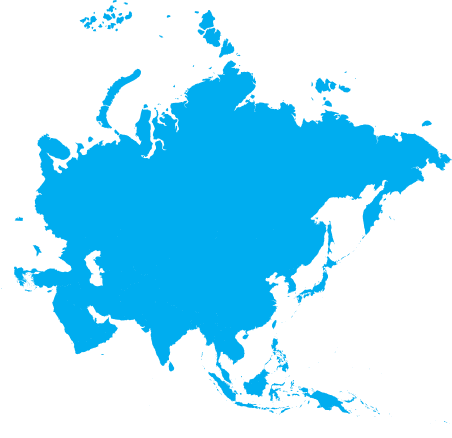
2025 Education Outcomes Report
At Owl Ventures, we recognize that prioritizing outcomes is a fundamental requirement for building long-lasting businesses.

.svg)
Owl’s approach to outcomes measurement
In order to achieve greater equity and inclusion in education, we work with portfolio companies to measure impact in three primary areas: scale and access, diversity, and outcomes.
.svg)
Helping companies reach more learners - across geographies and socioeconomic backgrounds.
.svg)
Backing teams and products that bring a range of perspectives and experiences to the challenges they are solving.
.svg)
Focusing on tangible progress — from improved learning outcomes to lifelong opportunity— to ensure innovation leads to real-world impact.
Reaching learners all over the world.
Our portfolio of 100 companies across three sectors: Pre-K-12, post-secondary, and future of work, serves learners all over the world.
Improving access to quality education for all.
We’re proud to partner with companies that ensure that the products they are building have the ability to serve a diverse set of learners and educators.
English Language Learners
Students of Color
Achieving impact at scale for all learners.
From San Francisco to Boston to London, our team operates at the heart of the world’s most innovative ecosystems. Each of our hubs brings together bold thinkers, seasoned operators, and passionate investors — united by a shared mission to redefine the future of education and work.
.png)







.png)










60% of students served by Amira Learning are students of color.

45% of students using Kiddom are free-reduced lunch population students.

45% of schools served by Subject have Title I status.

47% of learners on StudySmarter are English Language Learners.

83% of students served by Kyron Learning are students of color.

Leap is enabling upward mobility for students across 17 emerging markets.

48% of learners on UBITS are female.

92% of users on Hoytrabajas are from low income communities.

80% of Smalt trainees are English language learners.

61% of students served by Newsela are students of color.

59% of students using Kiddom are free-reduced lunch population students.
.svg)
81% of schools served by Authentica Solutions have Title I status.

52% of learners on StudySmarter are English Language Learners.
.svg)
70% of students served by Kyron Learning are students of color.
.svg)
62% of students served by Noodle identify as female.
.svg)
41% of learners on Preply are English Language Learners.
.svg)
90% of users on Hoytrabajas are from low income communities.
.svg)
80% of Smalt trainees are people of color.
Leading the sector with outcomes.
Owl strongly believes that the most successful companies will be those that are able to quantitatively measure their education outcomes. We know that different types of research are appropriate to determine effectiveness according to product type and development stage. Therefore, we encourage our portfolio companies to report their impact along a spectrum, from formative to summative research.

greater reading gains for 8th graders using Newsela ELA

of students using Hazel Health show clinically significant reductions in depression and anxiety

of employers saw a positive impact on their business since they began using Interplay Learning

in scholarships secured by students through Leap

teacher hours saved using Brisk

of students who use StudyFetch daily say their grades improved
.svg)
of employees feel significantly less stressed when their children use ubiMaster

skills verified on Workera for organizations worldwide

courses completed on Degreed, the equivalent of 15M four-year degrees
Different backgrounds + new perspectives = quality solutions
We invest in companies that build tools, services, and experiences for a changing world. To do that effectively, teams must be representative of the people they serve .Each year, we collect data to understand how companies are building inclusive cultures where people can thrive. These insights offer a lens into how our portfolio is contributing to more equitable outcomes across the populations they serve.
On the Owl team, 55% identify as women and 55% as people of color. Across our portfolio companies, 11% of founders and CEOs identify as women, and 48% identify as people of color. Just under half of our founders and CEOs were born outside the United States.
.png)
.svg)
.svg)
Want all the details?
We’re excited to share the impact of our portfolio with all its key stakeholders. For each company, you will find a description of the company; the company’s approach to measuring effectiveness; and its access and outcomes data, told via metrics and case studies.


.svg)

